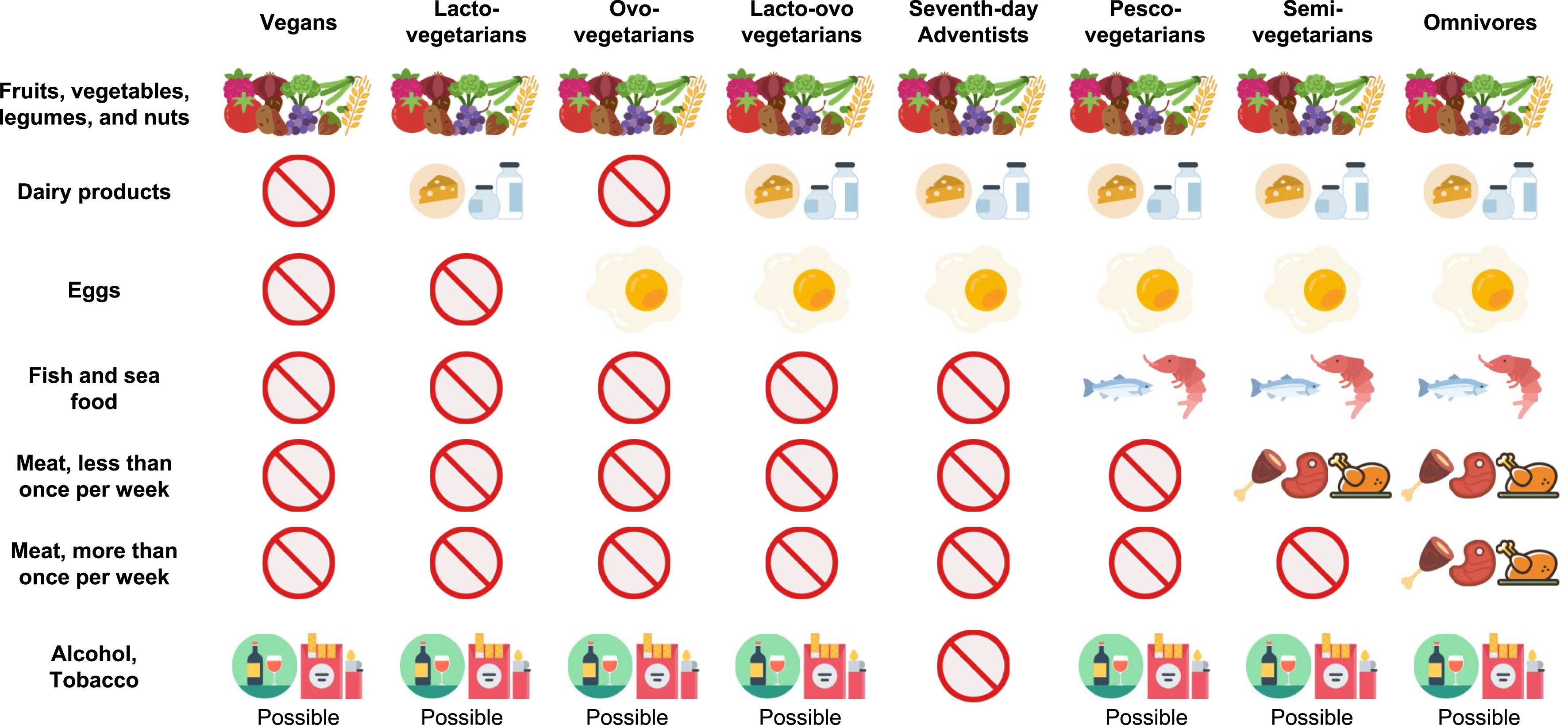
When it comes to introducing a vegan diet to your child, the first thing you should do is to monitor their nutritional intake. Monitor your child's nutrition intake to identify any mood swings, energy fluctuations, or other indicators that your child may not be getting enough nutrients. You can also keep track of your child's food intake and discuss it with their pediatrician. Your provider will be able to see a three-day record of your child's eating habits. To ensure that your child is adapting to the vegan lifestyle, it's important to monitor their emotional state.
Healthy vegan diets
Be sure to choose foods high in protein when you're choosing a vegan meal plan for your child. This is an essential nutrient that will help your child grow and develop. Protein is important for many body processes, including muscle building. In general, animal protein has more nutrients than plant protein. However, there are some vegan foods that are more complete than animal-based proteins. Fortified soymilk, black beans and certain leafy vegetables can be added to a vegan diet to ensure that your child receives all the necessary protein.

Vegan children need to eat healthy foods
To be a vegan child, he or she must eat a varied diet. This is especially important for teenagers, who are growing and changing rapidly. The diet should include whole grains, nuts and seeds as well as legumes. They must also consider their vitamin B12, calcium and iron needs.
Iron deficiency
Iron deficiency in children is a major health concern, regardless of their diet. Vegan kids are no exception. Recent literature reviews revealed that iron intake by children who eat plant-based diets was significantly higher than the average. Their iron intake was twice that of non-vegan kids. It doesn't however mean they are less likely than non-vegan children to experience iron deficiency. Although it can be hard to give iron to children who don't eat meats, fish or eggs, it's essential to ensure they get enough.
Calcium
It is important that your child gets enough calcium if they are vegan. This mineral is critical for healthy bones. By the age of eight, a child's bone mass has increased by approximately 50%. Another 45% is deposited over the next 8 years. The last 10% is added to bones in the 10th decade of childhood. There are many foods with calcium that can provide the necessary calcium for your child, even if they are vegan.
Vitamin D
Vitamin D should be introduced in vegan children as early as six months. Vitamin D is best for vegan children around six months.

Body fat
Recent data analysis of research on vegan diets and children was done using data from 437 publications. Most of these studies revealed that children who eat a vegan diet have higher levels of fibre, growth, and body fat than their counterparts on nonvegan diets.
FAQ
What is the best way to live a healthy lifestyle?
The healthiest lifestyle to live is one where you eat healthy food, exercise regularly, sleep well, and avoid stress. You will live a long and happy life if you adhere to these guidelines.
It's easy to start small with your exercise and diet. For example, if you want to lose weight, try walking for 30 minutes every day. Or, if you want to get more active, take up swimming or dancing. A Fitbit or Strava online program that tracks your activity can be joined.
What is the difference in a virus and bacteria?
A virus can be described as a microscopic organism incapable of reproducing outside its host cell. A bacterium (or single-celled organism) reproduces by splitting itself into two. Viruses can be as small as 20 nanometers, while bacteria can grow up to 1 micron.
Viruses are usually spread through contact with infected bodily fluids, including saliva, urine, semen, vaginal secretions, pus, and feces. Bacteria is usually spread directly from surfaces or objects contaminated with bacteria.
Viral infections may enter the body through cuts, scrapes. bites and other skin breaks. They can also enter the body through the nose and mouth, eyes, ears or rectum.
Bacteria can enter the body through cuts, scrapes burns and other injuries to the skin. They can also be introduced to our bodies by food, water and soil.
Both bacteria and viruses cause illness. However, viruses cannot reproduce within their hosts. So they only cause illnesses when they infect living cells.
Bacteria can cause illness by multiplying in the body. They can infiltrate other parts of the body. We need antibiotics to get rid of them.
How to measure body weight?
A Body Fat Analyzer will give you the most accurate measurement of body fat. These devices can be used to measure body fat percentages in people who are trying to lose weight.
Statistics
- nutrients.[17]X Research sourceWhole grains to try include: 100% whole wheat pasta and bread, brown rice, whole grain oats, farro, millet, quinoa, and barley. (wikihow.com)
- The Dietary Guidelines for Americans recommend keeping added sugar intake below 10% of your daily calorie intake, while the World Health Organization recommends slashing added sugars to 5% or less of your daily calories for optimal health (59Trusted (healthline.com)
- This article received 11 testimonials and 86% of readers who voted found it helpful, earning it our reader-approved status. (wikihow.com)
- WHO recommends reducing saturated fats to less than 10% of total energy intake; reducing trans-fats to less than 1% of total energy intake; and replacing both saturated fats and trans-fats to unsaturated fats. (who.int)
External Links
How To
27 steps to a healthy lifestyle if your family only eats junk food
Cooking at home is the best way to eat well. But, it can be hard to make healthy meals because many people don't know how. This article will show you how to make healthier eating choices at restaurants.
-
Look for restaurants that offer healthy choices.
-
Order salads, vegetables and meat before placing your order.
-
Ask for sauces with no added sugar.
-
Avoid fried foods.
-
Instead of ordering fried meats, request grilled meats.
-
If you don't really need dessert, do not order it.
-
You should always have something else after dinner.
-
You should eat slowly and chew well.
-
Get plenty of water when you eat.
-
You should not skip breakfast or lunch.
-
Take fruit and vegetables along with every meal.
-
Drink milk rather than soda.
-
Avoid sugary beverages
-
Reduce salt intake.
-
Try to limit the number of times you go to fast food restaurants.
-
Ask someone to join you if you cannot resist temptation.
-
Do not let your kids watch too much TV.
-
When you are eating, keep the TV off.
-
Avoid energy drinks
-
Take frequent breaks from your job.
-
Get up earlier in the morning to exercise.
-
Do some exercise every day.
-
Start small and increase your knowledge slowly.
-
Set realistic goals.
-
Be patient.
-
Find time to exercise even if you don't feel like it.
-
Use positive thinking.